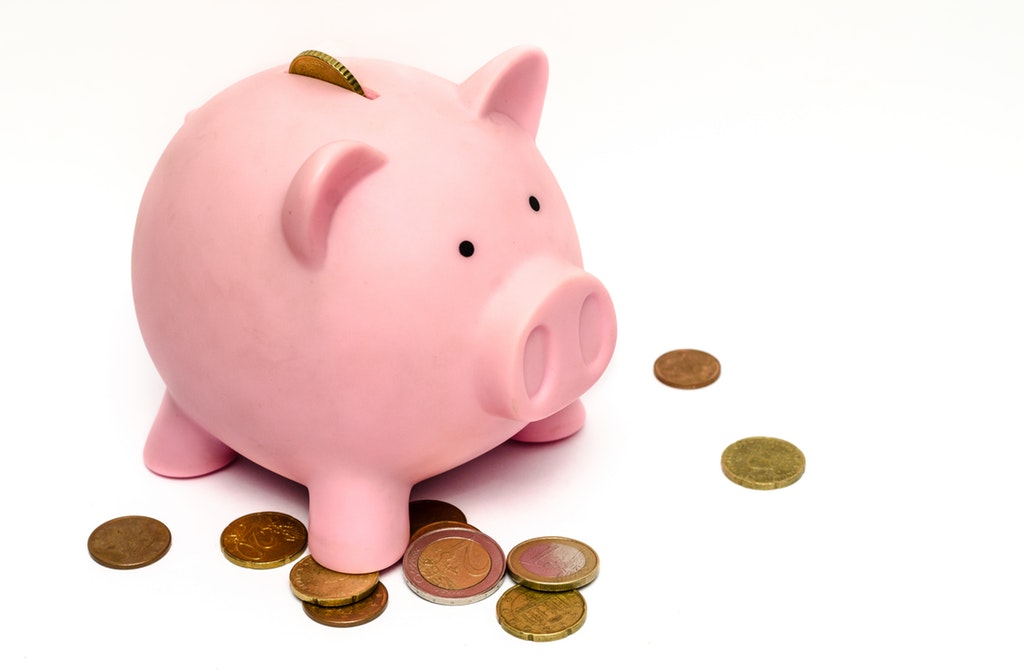Imagine the feelings of freedom resulting from no longer having any consumer debt. Contrast those feelings with stressful concerns coming from working just to make payments on credit loans, car loans, student loans and more. Instead of being in bondage to the next bill’s due date, you can choose to take control of your debts through a household budget. Below are a few tips to get you started on your journey to financial freedom.
1. Get accountable.
If you have a spouse or partner, get on board together through healthy discussions and full disclosure of your situation. Seeing a financial counselor, taking a class or reading some top personal finance books can help you to get on the same page. This person is your built-in accountability partner on your journey. If you don’t have a spouse or partner, choose a trusted friend or family member with which to share your journey. Topics to discuss regularly might be the ability to stay on budget, debt progress and ways to reduce costs.
2. Track previous month’s expenses.
To make a fairly accurate budget, you need to have an idea of what your expenses are. This doesn’t mean just in your head but on paper, in an excel spreadsheet or through online budgeting software. Some great free programs exist such as Mint and Every Dollar. These free and straightforward budgeting tools are helpful, and upgrading to a paid version doesn’t hurt, either.
3. Before the new month begins, establish your spending plan FOR THAT MONTH.
After you have an idea of your expenses, you’re ready to establish a reasonable spending plan (AKA budget) for that month. This isn’t for your ideal month but the month actually ahead of you. Then, throughout the month, keep track of how you’re doing.
4. List debts smallest to greatest and pay minimums on all debts while putting everything extra into your smallest debt.
For example, if your student loan is $25,000, your car loan is $20,000 and your credit card is $5,000, pay minimums on the first two and put all your spare money into paying off the credit card. An important thing to note is that you cannot continue to use the credit card! Once the smallest debt is paid off, “snowball” that smallest debt payment into your second smallest debt, and continue to pay it down.
5. Streamline your budget so that you get intense about paying off your debt.
What if you don’t have any extra money to put on your smallest debt? Getting serious means saying “no” to nonessentials and focusing all your attention on removing debt from your life. Maybe you need to curb your restaurant or coffee habit, wear the clothes you currently have or cut back in other areas like entertainment or vacations. This is where your accountability partner can be a huge asset in helping you see where you can realign your priorities. Even selling some things or working an extra job can provide the extra that you need to see success more quickly.
6. Keep at it for four months and reward yourself with each debt paid off.
Your budgeting won’t be perfect at the beginning, and you will need to adjust. However, keep at it, work the plan, and you should see some solid progress. Rewarding yourself for each debt gone is a great way to stay encouraged on your journey.
Remember, you didn’t get into debt overnight, and you won’t get out overnight, but steady progress, even if it’s slow, is still progress. With each additional debt you pay off, you will be one step closer to the light at the end of the tunnel and eventually attain your goal of being free of debt.

